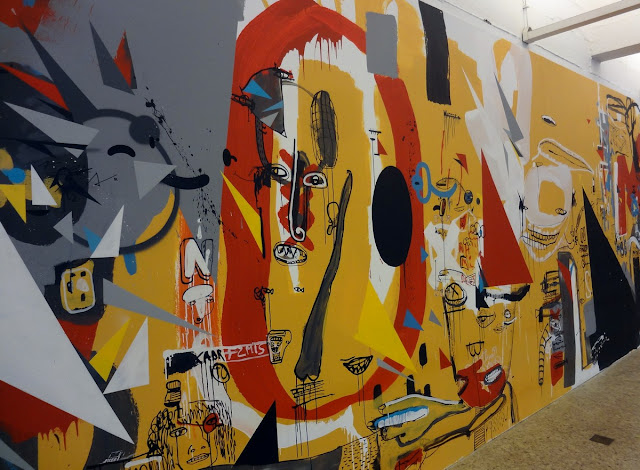The Stephans Dom in the center of Vienna -Austria.
Hiding an office building behind a Christmas jungle. Avenida Paulista in São Paulo - Brazil.
Santa, sitting in his big hat at the Shopping, waiting for children from Taubaté - Brazil.
A street in the center of Vienna - Austria
Children singing Christmas carols in the center of Curitiba - Brazil
Even the normal trees have Christmas leafs... Vienna - Austria
Christmas tree in Florianopolis - Brazil
Christmas Market in front of the City Hall in Vienna - Austria
Nativity scene in the center of Florianopolis - Brazil
Cosy Christmas corner in München - Germany
Samba Santa for sale in São Paulo - Brazil.
Christmas market in front of the City Hall in München - Germany
All work is done.... Pfffff the heat in Brazil asks for a beer.
Happy New Year!
A street in the center of Vienna - Austria
Children singing Christmas carols in the center of Curitiba - Brazil
Even the normal trees have Christmas leafs... Vienna - Austria
Christmas tree in Florianopolis - Brazil
Christmas Market in front of the City Hall in Vienna - Austria
Nativity scene in the center of Florianopolis - Brazil
Cosy Christmas corner in München - Germany
Samba Santa for sale in São Paulo - Brazil.
Christmas market in front of the City Hall in München - Germany
All work is done.... Pfffff the heat in Brazil asks for a beer.
Happy New Year!






























































